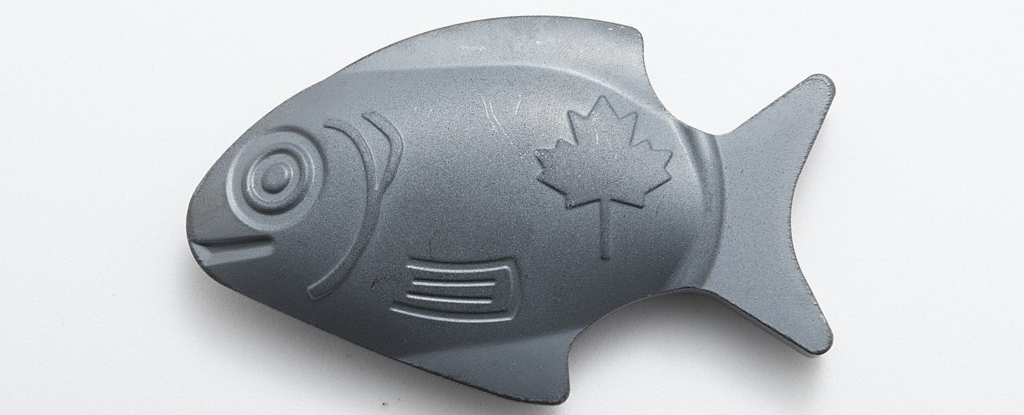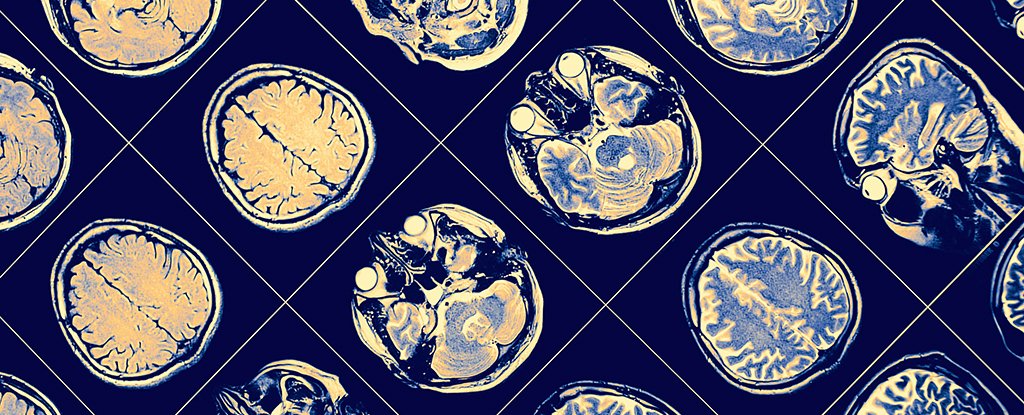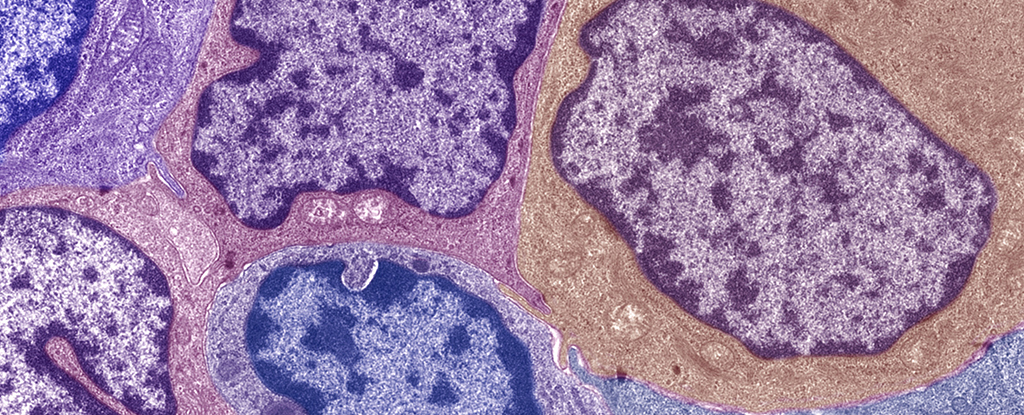Iron deficiency is one of the most common micronutrient deficiencies in the world. While eating iron-rich foods is the best way to tackle an iron deficiency, some users on social media say there’s an even easier way to get more iron in your diet.
According to some influencers, adding a cast iron ‘fish’ to your meals while cooking is an easy way to boost the iron content in the foods you eat – and remedy low iron levels.
While some evidence suggests that this technique can work, boosting the body’s iron levels is far more complicated than it might seem on the surface.
Iron deficiency affects millions of people globally. It’s estimated around 8 percent of women (and 23 percent of pregnant women) plus 3 percent of men in the UK are iron deficient.
Iron is a crucial micronutrient, playing many important roles in the body. It aids metabolism, helps form red blood cells, brings oxygen to our muscles and assists in building DNA.
Adults have around 4g of iron in their body. But poor diet and a variety of health conditions can lead to an iron shortage.
For example, the body needs iron during pregnancy so the baby can grow. Heavy menstruation can cause iron loss. Digestive conditions, such as stomach ulcers and coeliac disease, can also result in iron deficiency. Certain medications (such as some painkillers and aspirin) can also create iron deficiency as a side-effect – either by causing bleeding or reducing the body’s ability to absorb iron.
Iron deficiency can cause a range of symptoms – such as brain fog, disturbed sleep, fatigue, headaches, dizziness and restless legs. In women who are pregnant or have recently given birth, it may worsen feelings of fatigue. In children, iron deficiency can affect brain growth – potentially leading to poorer cognitive function in adolescence.
Long-term iron deficiency can lead to anaemia. This condition means the body produces fewer red blood cells than it should, leading to fatigue, shortness of breath and even heart palpitations.
Iron absorption
One of the best ways to treat an iron deficiency is through diet. Foods such as meat, fish, shellfish, offal meats, lentils, soya beans and green leafy vegetables (such as broccoli) all contain iron. Many of the foods we regularly consume – such as rice and cereals – have also been fortified with iron.
But iron absorption is not always a straightforward process – which means that treating a deficiency can be difficult.
While your body absorbs iron more efficiently if you have an iron deficiency, this micronutrient is not always readily available in our foods.
Not only that, but iron can also be “handcuffed” by other items in the gut – meaning it will no longer be absorbed by the body.
Phytates (a naturally-occurring substance in plant seeds) found in grains, beans and legumes, for example, prevent iron from being absorbed by the intestines. They’re referred to as “antinutrients” because of this ability.
Calcium-rich foods, the polyphenols in tea, coffee and wines, oxalic acid in spinach and chard and the phosvitin in eggs can also acts as antinutrients – reducing available iron.
So while you might think you have a healthy diet full of fibre, vegetables and other micronutrients, your meals may inadvertently compromise your iron intake.
To counteract this, meals can be separated through the day into those which focus on being iron-rich and those which contain iron-binding foods.
Or, you can use vitamin C to free up available iron. Some practical ways of doing this include adding lemon juice or other citrus fruits, peppers or green vegetables to iron-rich meals.
Iron pills may be prescribed for an iron deficiency. But iron pills can cause upset stomach and constipation for some.
Iron fish
Cooking with a cast iron ‘fish’, as some TikTok users have suggested, could also help improve iron intake if you’re deficient.
Cast iron pots and pans are standard cooking vessels in many cultures. Tiny amounts of iron are known to leach from these into foods – increasing iron intakes. Research conducted on people living in low- and middle-income countries shows that cast iron pots can improve the iron content of the foods cooked in them.
Knowing this, a student from the University of Guelph, Canada, trialled discs of iron that rural Cambodian families could use in their aluminium cooking pots. Childs reasoned these would work like an iron pot, reducing iron deficiency in an area where poorer families had relatively little iron in their diets. Families disliked the aesthetics of his initial disc, so he fashioned it into the shape of the ‘try kantrop’ fish – a lucky charm in Cambodia.
Studies using this reusable, fish-shaped ingot showed improvements to iron deficiency anaemia in rural Cambodian communities, as well as in Peru.
So daily cooking with an iron ‘fish’ may improve iron intake and improve iron deficiency. However, no trials have compared ingots with oral supplements, or studied their value for those with high-iron diets.
Although cast iron charms are a reasonable addition to your cooking routines, they are probably no better than supplements or improved diets in increasing your iron intake. And even if you use a cast iron pot or ingot while cooking, your body may have trouble absorbing the mineral, depending on what other foods you include in your diet.
Colin Michie, Deputy Lead, School of Medicine, University of Central Lancashire
This article is republished from The Conversation under a Creative Commons license. Read the original article.





